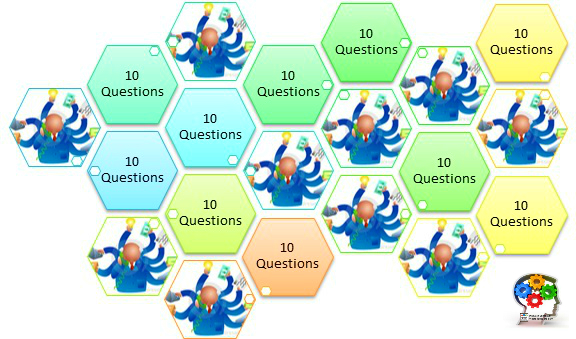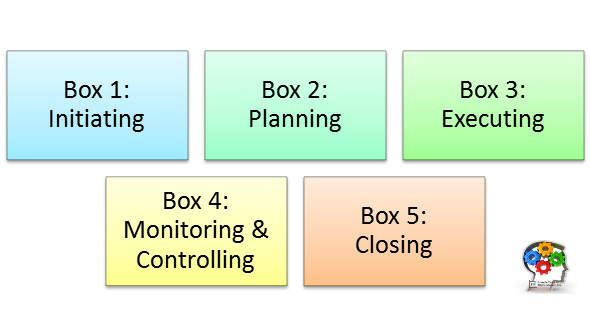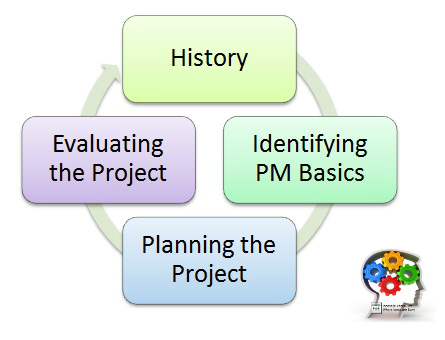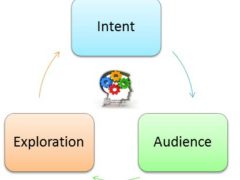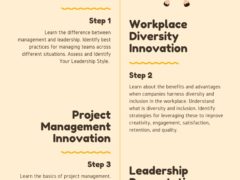
How to Manage Triangulation in Project Governance
Triangulation is a function of project structure. The quality and frequency of triangulation depend on project organization. It also relies…

Transform Your Business with Customer Journey Mapping
Customer Journey Mapping involves developing a process map that tracks the customers connecting with your business and first learning about…

The Art of Managing Project Managers in a Network
Project Managers are responsible for coordinating and managing budgets, resources, schedules, and stakeholders. But who manages the Project Manager, and…

Role Clarity: Key to Successful Project Management
Projects are complex. They involve project customers, owners, champions, managers, consultants, sponsors, subject matter experts, IT personnel, and other stakeholders.…

Unlocking Project Success: Lessons from Failures
Project management process tools can be used to guide almost any project towards its goals. Functioning as the structure through…

The Ultimate Project Planning & Evaluation Canvas
Project planning should not be facilitated in a vacuum. In such circumstances the environment, the customer, the values, the goals,…

Discover the Benefits of the Transparency Management Canvas
Transparency is more often a vision than a reality. This is because transparency is often perceived as creating unacceptable risks…


